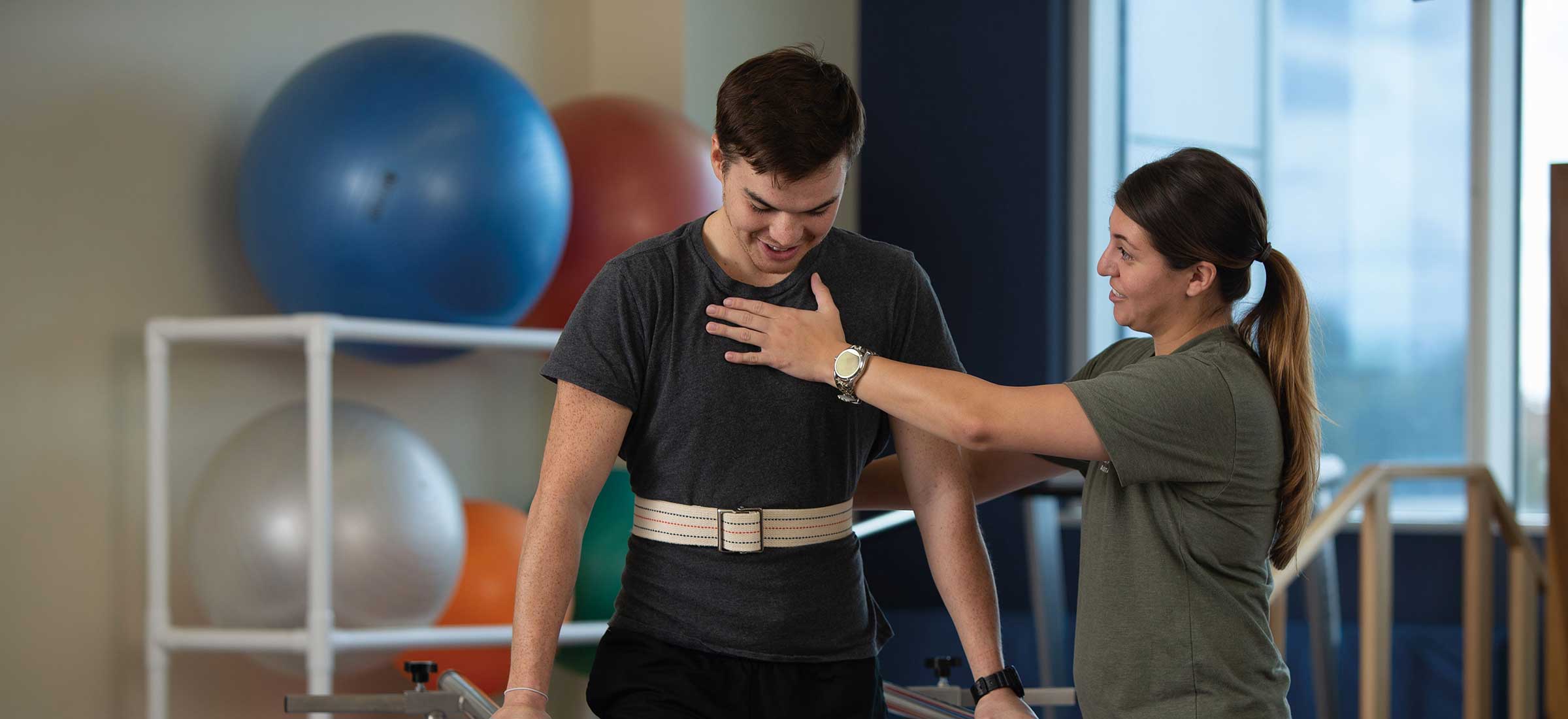Comprehending The Way Acute Traumas Alter Athletic Execution Dynamics
Wiki Article
Acute traumas are unexpected harm that can occur during sports or physical activities. These injuries can significantly affect an athletic ability and overall wellbeing. Common instances of sudden traumas include sprains, fractures, and strains. They happen rapidly and frequently arise from incidents, such as tumbles, crashes, or improper movements. Understanding how these traumas influence athletic performance dynamics is crucial for sportspeople, trainers, and medical providers who work with them.
When an athlete experiences an sudden trauma, the prompt effects can be quite severe. Pain and inflammation are frequent indicators that can restrict movement and function. For instance, a hoops athlete who injures an ankle may find it painful to move or jog. This limitation can lead to a decrease in ability, as athletes may struggle to perform at their usual level. Additionally, the mental effects of an incident can also play a role. Players might feel worried or fearful about returning to their activity, which can further impact their performance.
Rehabilitation from an acute injury involves several phases, including recovery, therapy, and gradual re-entry to performance. The first emphasis is often on managing pain and swelling. Health providers may advise cold therapy, bandaging, and elevation to help with recovery. Once the acute phase has ended, therapeutic activities become important. These activities help restore strength, flexibility, and range of movement. Players need to adhere to a systematic recovery plan to make certain they come back to their sport without risk and efficiently.
The lasting effects of acute injuries can vary. Some athletes may recover fully and return to their previous performance levels, while some may encounter persistent difficulties. Ongoing discomfort or weakness can emerge if an trauma is not adequately managed. This circumstance can lead to a cycle of re-injury or compensatory traumas in different parts of the physique. It is essential for players to be calm during the healing stage and to collaborate closely with medical professionals to tackle any remaining concerns.
In summary, sudden traumas can significantly alter how athletes perform in their activities. The prompt bodily and psychological effects can hinder performance and confidence. Recovery involves careful management and therapy to guarantee that players can securely come back to their sports. Comprehending the dynamics of sudden injuries can help everyone participating in athletics—from players Click Here to trainers to healthcare professionals—assist those affected and promote a secure re-entry to athletic ability.
